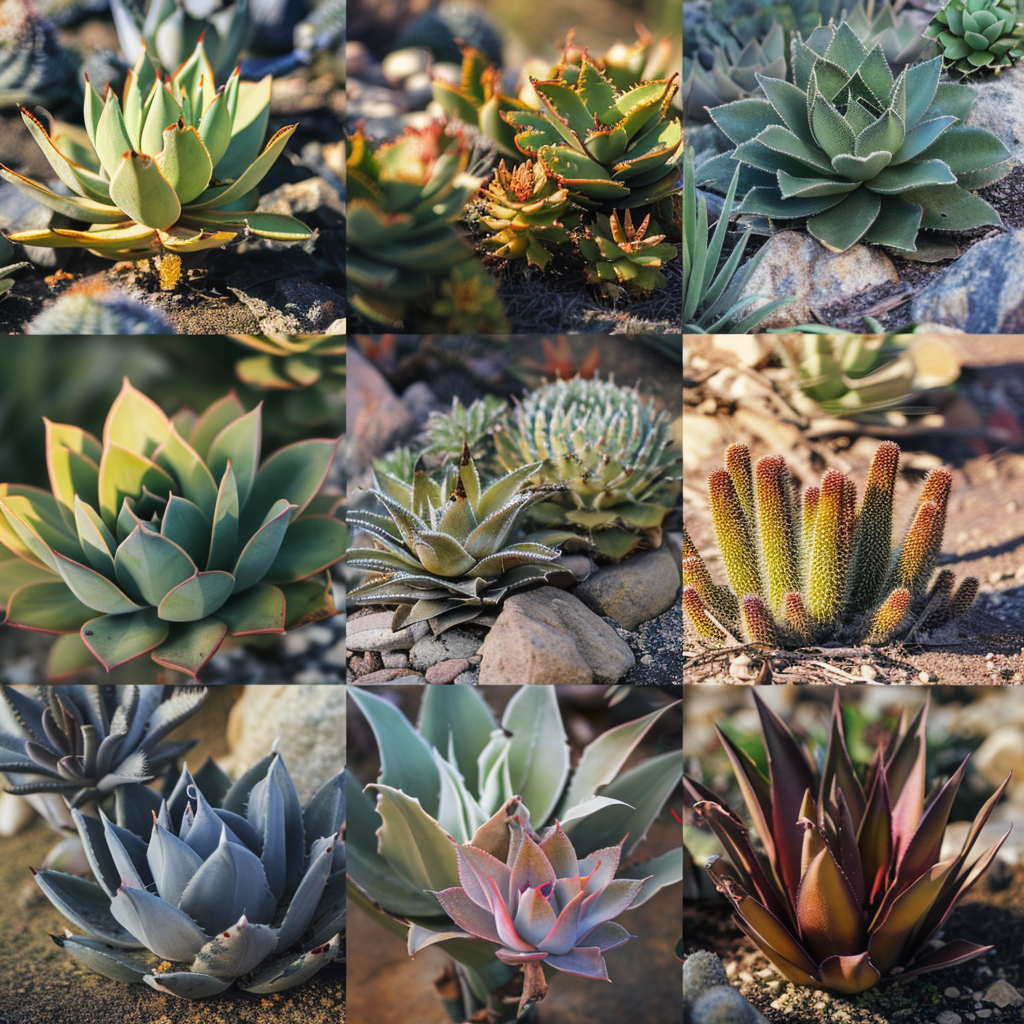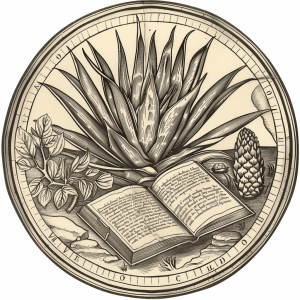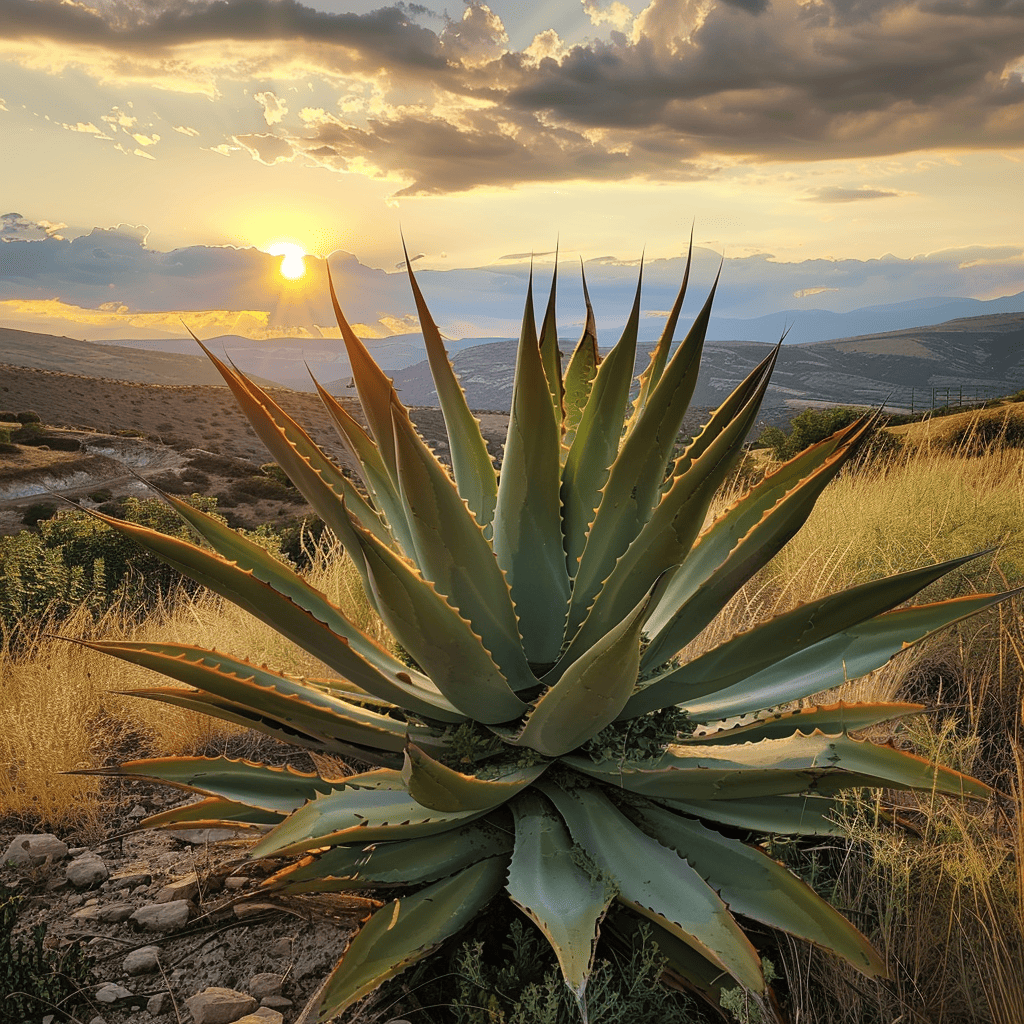What is Mezcal Made From?
Mezcal is a traditional Mexican spirit made from the heart of various agave plants, distinct from tequila, primarily produced from blue agave. This unique distilled beverage is crafted by roasting the agave hearts to enhance their natural flavors, followed by fermentation and distillation. With its smoky aroma and complex flavor profiles, mezcal is celebrated for its artisanal production methods and diverse agave varieties.
The Versatile Agave
Did you know that Mexico is famous for being the birthplace of agave? It’s home to a wide variety of agave species. These unique plants can be found all over the Americas, from the southern United States to Colombia, Venezuela, and even the Antilles. Mexico’s climate is significant for agave diversity, with these resilient plants growing in 25 out of its 32 states!

The agaves used to make mezcal are unique and are considered a “biocultural heritage of humanity.” Agave plants are usually sorted into three main categories based on their use: fiber, pulque, and mezcal. Different estimates of the number of mezcal-producing agave species exist, with some sources saying there are between 23 and 50 species
Unique Traits of Agave
Agave is often seen as the VIP of raw materials for distilled spirits, living up to its name, which means admirable. It’s extraordinary because of its form and the type of sugar it has. Agave plants have evolved to store complex carbohydrates, which helps them use energy and water efficiently while keeping predators away. Some species even use an excellent technique called crassulacean acid metabolism (CAM) to do photosynthesis at night and save water. Although you can’t eat raw agave, you can heat it to break down its starches. This process, called hydrolysis, was first discovered by indigenous people in Mesoamerica centuries ago and helps turn the carbs into sugars that can be fermented.
Agave is often seen as the VIP of raw materials for distilled spirits.
Agave is packed with fructose, glucose, dextrin, starch, inulin, and agavin, making it an excellent ingredient for distillates. One exciting thing about agave plants is that they take their time to grow. Depending on the type of agave and the environment, it can take about seven to eight years to mature and develop the sugar levels needed to make top-notch mezcal. This growing period is one of the most extended raw materials used to make spirits.

Agave Mezcal Production
Mezcal production is exciting because it involves using the fibers of the agave plant, also known as “bagazo,” in the distillation process. These fibers contain cool stuff like waxes, essential oils, and proteins. The must, a mix of fermented juices and bagazo, includes things like pectin, lignin, minerals, salts, dead yeast, and bacteria, all of which give mezcal its unique and wonderful aroma.
Mezcal is unique because it’s made from the heart of the agave plant, unlike European spirits like whiskey, kirsch, and calvados, which are made from fruits or grains. Unfortunately, the plant dies when the heart is harvested, emphasizing how unique and extraordinary this raw material is.
Amazing Mezcal Facts
- Agaves are monocotyledonous plants with lifespans ranging from 6 to 70 years, depending on species and climate.
- They are monocarpic, meaning they bloom only once in their lifetime before dying, having expended all their energy to reproduce.
- This unique life cycle focuses the plant’s resources on producing flowers and seeds to ensure the survival of the species.
- Energy for growth and flavor development is stored as fructans, which are influenced by climatic variations over the years.
- Fructans contribute to the complex and distinct flavor profiles found in mezcal.
- Agaves thrive in extreme conditions, standing out among other plants in arid environments such as cacti, nopales, and aloes.
- Genetically, agaves are closely related to vegetables and fruits like asparagus, onions, garlic, and pineapple.

Mexico and Agave
Mexico boasts around 46 different types of agave used for producing mezcal spread across the regions of its diverse landscape, which plays a vital role in the country’s cultural heritage. Among these, Oaxaca stands out with 18 distinct species for mezcal production. The maguey espadín (Agave angustifolia Haw.) is the most prevalent agave used due to its high yield, manageable cultivation, and relatively short life cycle. Notably, this agave was likely introduced to regions outside Oaxaca between 1950 and 1970, possibly by tequila producers seeking to capitalize on its favorable characteristics. Its growing popularity has overshadowed local agave species traditionally used for mezcal and pulque, raising concerns about preserving the rich diversity of agave plants native to the region.
The maguey espadín (Agave angustifolia Haw.) is the most commonly used agave for mezcal production because it has a high yield, is easy to manage, and has a short life cycle.
The increasing global fascination with mezcal has led to both opportunity and challenge within the industry. As demand surges, so does the risk of shortages and the potential harm to agave varietals. This high demand can strain the production process and threaten the agave plants’ sustainability. Recognizing these challenges, many in the mezcal industry have launched initiatives to plant more agave. These efforts are essential to ensure a stable supply for mezcal production, protect the various types of agave from overharvesting, and counteract issues like erosion and deforestation.
Mezcal’s Denomination of Origin
In addition to these efforts, the Denomination of Origin (DO) concept is crucial in the context of mezcal production. The DO system protects the authenticity and uniqueness of products linked to specific geographic regions and traditional production methods. For mezcal, this means that only spirits produced in designated areas—including Oaxaca, Durango, and Guerrero, among others—can legally bear the name “mezcal.” This designation helps maintain high-quality standards and promotes the cultural significance of the regions involved in mezcal production. By adhering to the DO, producers commit to preserving traditional practices and the unique characteristics of the regional agave plants, ultimately contributing to their conservation.
Finally, the rise of reforestation campaigns is particularly significant in the wake of increased mezcal production. These initiatives are gaining traction not only due to market growth but also because of ecological and biological concerns. Ensuring sustainable practices are integrated into mezcal production as the industry grows is paramount. By fostering a balance between utilization and preservation, we can safeguard the future of mezcal while honoring the rich heritage of agave cultivation in Mexico. It is essential that the mezcal industry not only thrives economically but also acts as a steward of the environment, promoting biodiversity and the well-being of local ecosystems.